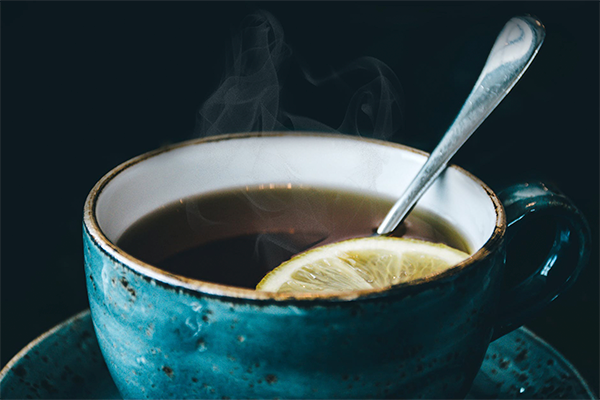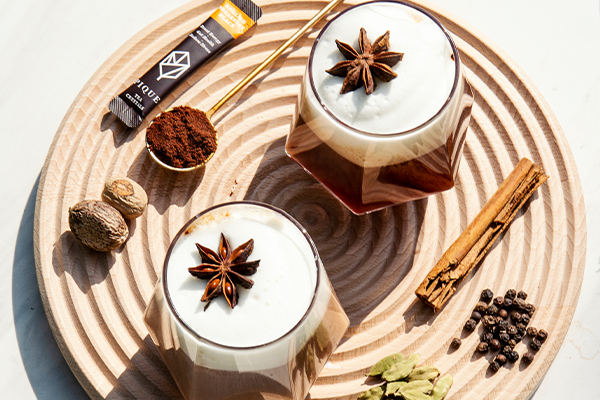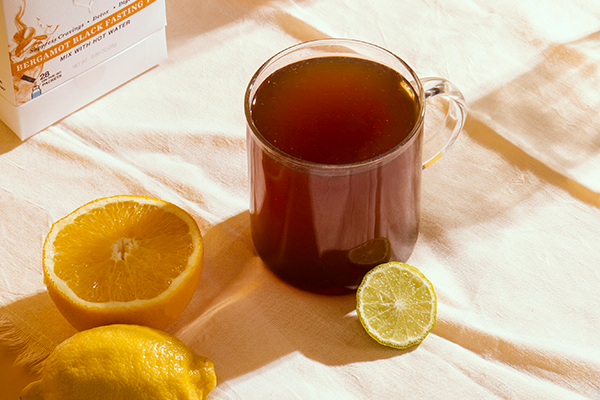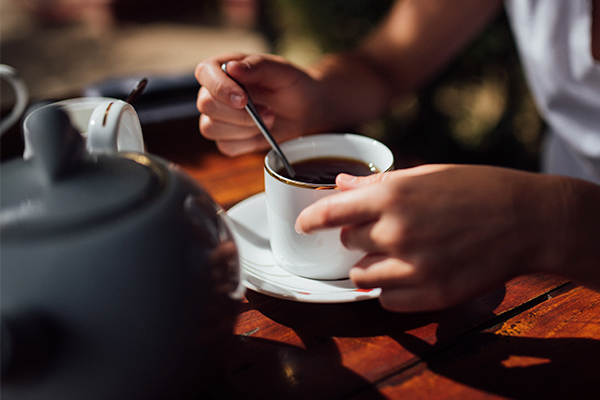If you regularly reach for a cup of black tea in the morning, you’re probably looking for something with a little caffeine and a rich, full flavor to wake you up.
Black tea does that job well, but its variety and complexity can often be overlooked.
Every black tea and breakfast blend is different depending on where its leaves were grown, when they were harvested and how they were processed.
One of the most popular components of English Breakfast tea comes from Assam in India, and boasts characteristics notably different from black tea grown in China.
Read on for more of Assam black tea’s unique history, taste and health benefits.
What is Assam Tea?
Assam tea (Camellia sinensis var. Assamica) is a black tea variety and is named after its place of origin – the Assam region in northeast India, located just south of the eastern Himalayas. It is a variety of the tea plant Camellia sinensis found in China, but bears a deeper flavor profile thanks to differences between the two climates.
Assam black tea grows at low altitude – just 145 to 160 feet above sea level – in a tropical climate dominated by humidity and punctuated by regular monsoons. Assam is inundated with about 75 inches of rain per year, which falls mostly during its five-month monsoon season from June to October. Its annual average temperature hovers near 80 degrees Fahrenheit. [1] [25]
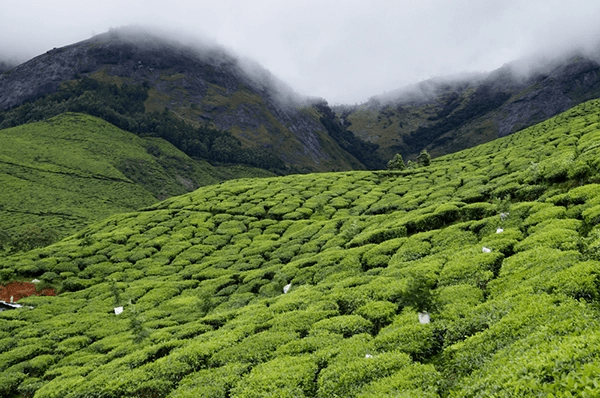
What do those conditions mean for a tea plant?
In general, warm temperatures and a humid environment produce an earthier and more complex flavor, though each batch is subject to the specific conditions that prevailed during that particular growing and harvesting season.
Assam tea is harvested twice per year, and each harvest is referred to as a “flush.” The first flush is in April before the start of the heaviest rains, and the second flush is in June as the monsoons begin to roll in.
Tea picked during the second harvest tends to have a muskier taste and aroma, and often is incorporated into black tea blends to add a bit of intensity. [2]
More importantly, humid conditions are perfect for tea fermentation, when much of Assam’s flavor is developed. Like black tea made from the Chinese variety of Camellia sinensis, Assam tea is first dried and oxidized, resulting in its dark color. [3]
The leaves are twisted and curled, which breaks open some of the cell walls and allows oxygen deeper into the plant. Then they are left to ferment anywhere from one hour to several days.
The Flavor of Assam Tea
The longer the fermentation period, the more complex and robust the flavor. [4] Assam tea flavor is often described as malty and roasty with undertones of caramel and nuttiness.
At 80 mg per cup, Assam tea naturally has higher caffeine levels than other forms of black tea, which is why it often plays a starring role in breakfast tea blends around the world. [5]
English, Russian, Scottish and even Irish breakfast tea blends rely on Assam tea in varying proportions to achieve a strong morning brew. Milk and a sweetener are commonly added to Assam tea to help mellow out its flavors. [5]
This makes for a pleasant way to start your morning, but we definitely don’t recommend sipping on this just before bed!
Where it Comes From
India is the second-largest tea producer in the world behind China, and the U.S. imports nearly $35 million worth of Indian tea every year. The Darjeeling, Dooars and Nilgiris districts are among the top tea-producing regions in the country [6], but the industry really got its start with Assam all the way back in the early 1800s.
During the period of British colonization, several attempts were made to grow Chinese tea plants in India, as the Englishmen believed the climate was just right for the crop. The plants reportedly wilted, however, under India’s intense heat.
Then Scottish explorer Robert Bruce discovered wild tea plants growing in the valley of the Brahmaputra river, which flows through the heart of Assam. This native variety was flourishing all on its own. [7]
Following this discovery, Camellia sinensis var. Assamica seeds were planted instead of the Chinese variety in other regions of India, and the Indian tea trade quickly took off.
Today, the global tea industry is threatened by climate change. As much as Assam tea loves rain and heat, too much of a good thing can be bad. In India, China and other tea-growing regions, heavier rain and longer monsoon seasons are in some cases reducing the yield of tea crops – which means it may be harder to find authentic varietes in the coming years, and that they may come at a higher price. [8][9][10]
Health Benefits of Assam Tea
All varieties of tea are rich in antioxidants. [12]
Our bodies naturally produce molecules called free radicals – sort of like a waste byproduct from many of our cells’ normal functions, like exhaust from a car. If left to build up, these free radicals can do damage to our DNA and potentially cause a whole host of health conditions. [13]
Antioxidants help to neutralize these free radicals and thus support many normal bodily functions including healthy immunity, a healthy digestive system, and a healthy metabolism. [14]
Another benefit you may not have heard about before is good dental health.
Assam tea, in particular, is rich in a type of antioxidant called epigallocatechin (EGC), [15] which is formed during fermentation. Some studies have suggested that ECG can help to protect the teeth from erosion by preventing the formation of biofilms on the surface of the teeth [16]. (I know, sounds unpleasant.)
Essentially, biofilm simply refers to a layer of bacteria, and our mouths are filled with bacteria that could cause cavities if left unchecked. [17].
Tea and herbs have always been central components of Traditional Chinese Medicine, which focuses on using natural remedies to enhance health. Hot tea, in particular, is thought to combat symptoms like a sore throat, runny nose, congestion and body aches. [18][19][20]
Hot tea also promotes calm and relaxation. Reducing stress has been shown to enhance an overall sense of well-being. [21][22]
More recently, scientists and physicians around the world have begun incorporating principles of natural and holistic medicine in their approaches to health in recognition of their power to promote calm, and in recognition of the power of polyphenols to protect health. [23][24]
Certainly, tea’s antioxidants can play a role in supporting good health and absolutely deserve a place in a balanced diet that is also rich in other plant-based foods.
How to Brew Assam Tea
For a high-quality Assam experience, look for loose leaves that are a dark reddish-brown and slightly golden at the tip. Use about one tablespoon of leaves per cup of water. [11] Opting for a loose leaf tea version will produce a richer and more characteristic flavor than teabags.
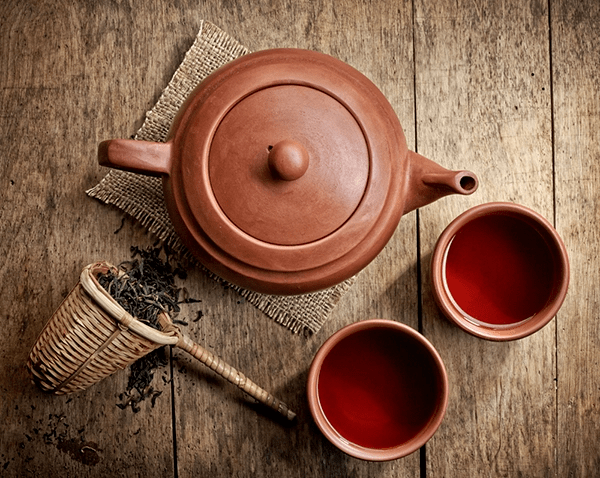
After fermentation, Assam tea leaves can stand up to very hot steeping water without losing flavor. Bring your water all the way to a boil (just above 200 degrees Fahrenheit) before steeping, then remove it from heat and add your leaves, letting them brew for two to three minutes. Too long a steep can create an overly strong and bitter flavor. [11]
It’s recommended not to use a device like a tea infuser ball because it can constrain the twisted and curled leaves, preventing them from unfurling and exposing even more of the water to their flavor and aroma.
Instead, let the leaves swim in the teapot with the hot water, and pour the water through a strainer to catch them when you’re ready to drink.
The leaves can be reused a few times before you discard them. With each brew, the flavor becomes slightly milder and the caffeine content decreases.
Final Thoughts
Assam black tea makes for a delicious morning tea thanks to its rich and malty flavor and high caffeine content. For the best quality brew, look for fresh loose leaves with golden tips, or look for it in English Breakfast blends. Enjoy all of the health benefits that this antioxidant-rich beverage has to offer!
